Vrana Publishes “Runner”
The story plays out in her head; it seems so real behind her closed eyes. Sophomore Catlaina Vrana is a dreamer. She sees the vivid production of her main character, Carla, running through the streets, running away from something or someone. She opens her eyes and sits up abruptly.
She jumps out of bed and quickly makes her way to her desk so she can write down what she remembers about her dream:
“My lungs burn and my heart is racing. I am not running away, I am running toward freedom. But that’s not important at the moment. I need to focus on avoiding the needles being thrown at me, and keeping a tight hold on my files, and the stars in the sky. I really missed them. The facility had no windows.
You see, I am no ordinary kid. I’m a Runner.”
(excerpt from “Runner”)
Over a span of three years, Catlaina Vrana got her first book, “Runner,” published.
Since she was seven years old, Vrana has been writing. She started off with short stories throughout middle school and, in seventh grade, she had the idea to write a book. Vrana wrote and illustrated a total of 122 pages.
Her story is based on freedom. It is about a boy who makes a facility where he captures children with special traits. It is told from the point of view of three children in the facility trying to get out. The main character, a girl named Carla, is very special. She is called a ‘Runner.’ Runners have greater strength, coordination, stamina, memory and eyesight than the normal human. Carla is taken to a facility that studies Runners.
Vrana got her book published this year. She is now on her second book, which will consist of only artwork to continue to tell the story. She is planning on having three books in her series.
“I hate writing itself,” Vrana said. “It’s boring, and it destroys the feeling that the idea originally gave me. I wrote to record the story so I wouldn’t forget. Usually I draw, but this was too big of a story to fit inside of a picture.”
Her writing process can be long and tedious; it took Vrana about six months after writing the story to type it up, review it and send the manuscript to the publisher.
“Not many kids can write and publish a book, so my book is of the small minority of books that are written by children,” Vrana said. “I spent a very long time just trying to get the plot line in order. When you’re developing a plot you get to a part that doesn’t quite make sense in your head, I call them ‘plot holes’ so when you finally think of a solution you want to write it down as fast as you can before you forget it. This happened to me more than once during my writing process.”
One of Catlaina’s biggest supporters is her mother, Denise Vrana. She encouraged Catlaina to continue with her passion of both writing and drawing throughout her childhood. Catlaina gets lost in her work as an artist; she also finds herself as a person in art as well as writing.
“Watching her [Catlaina] grow and mature as a writer and illustrator adds a vibrancy to our lives together, which just simply wouldn’t be there if she weren’t so courageous to chase her dreams,” Denise Vrana said. “She is discovering her voice as a person and helps us all to look at things more deeply and not just surface level.”
According to Catlaina, the writing process takes a lot of time and caused a lot of frustration for her, but seeing the end product made it worth the work.
Vrana’s work was inspired by her own creative thinking, as well as other fiction authors who write about teenage worlds with hidden talents and powers.
“My book is mainly based on dreams I’ve had,” Vrana said. “However, books by both Neal Shusterman and David Lubar impacted my desire to write.”
Throughout Vrana’s writing process she has had many supporters such as her friends, family, and teachers. All these peoplehave encouraged her to continue on with her dreams and goals, but also to create new ones.
“I’ve gotten a lot of support from the people that are close to me, but also from Mr. Protzman, my band director, and Mrs. Parkins my seventh grade reading teacher,” Vrana said. “When I first showed people my manuscript, they just looked at me like ‘that’s a lot of words.’ It’s funny to see their reaction.”
Vrana’s book is in the Southwest library as well as on Amazon.com.
“It was exciting to finish my book, though my goal is not accomplished,” Vrana said. “I can always become a better writer — it isn’t over yet.”
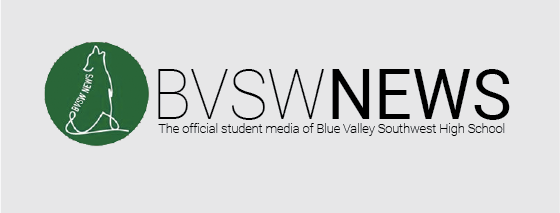



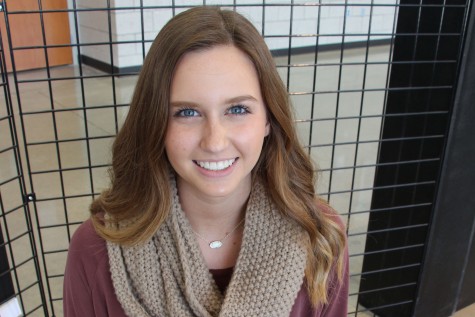
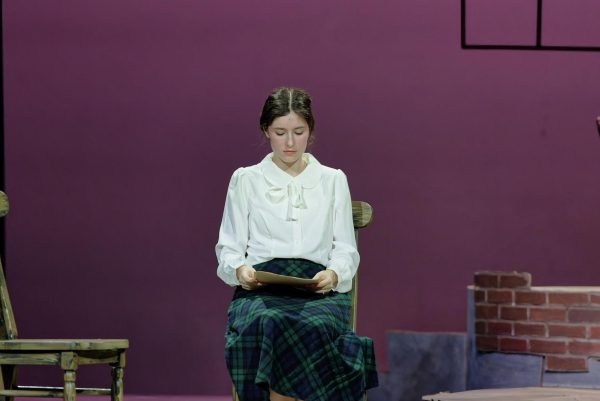
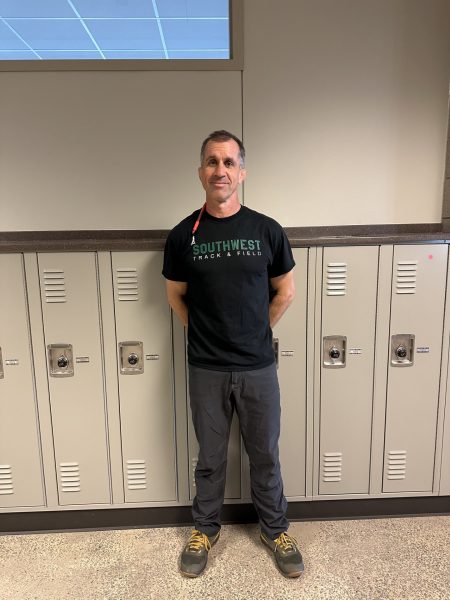
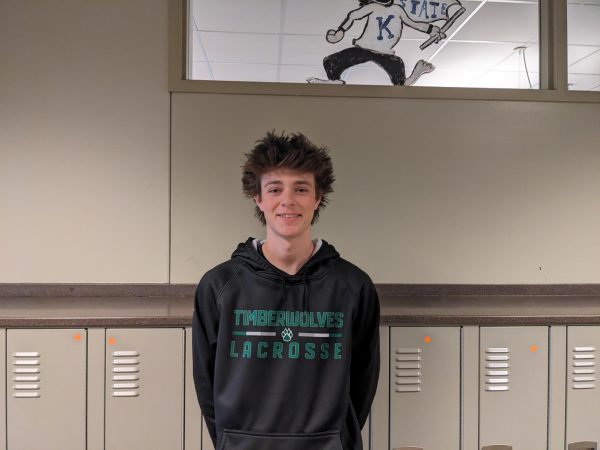
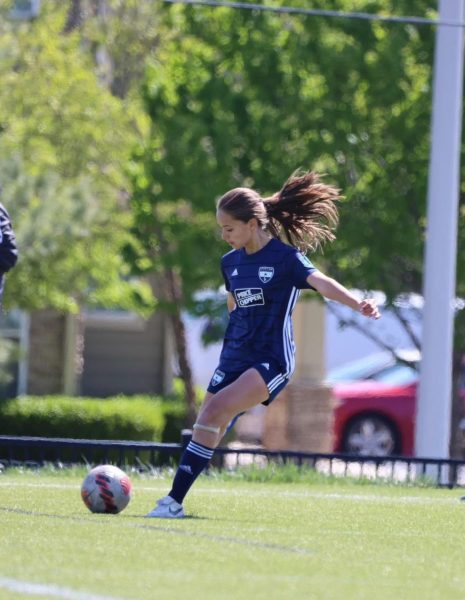
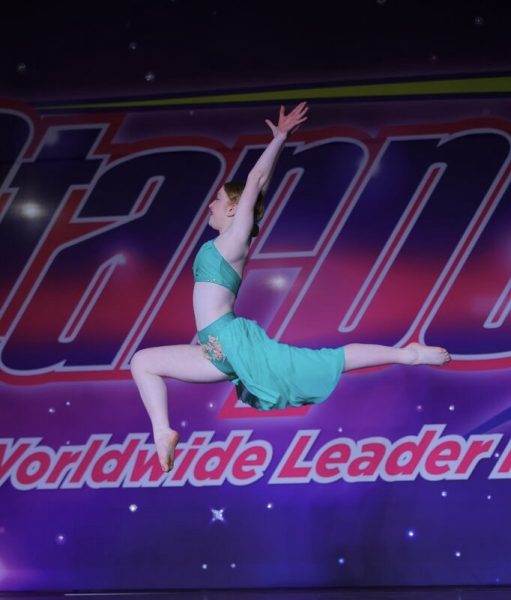
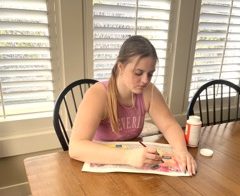
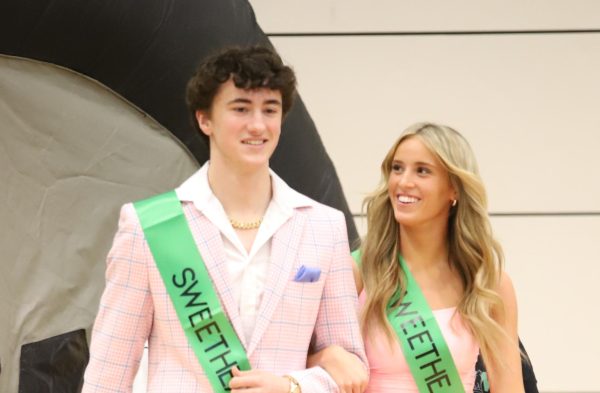
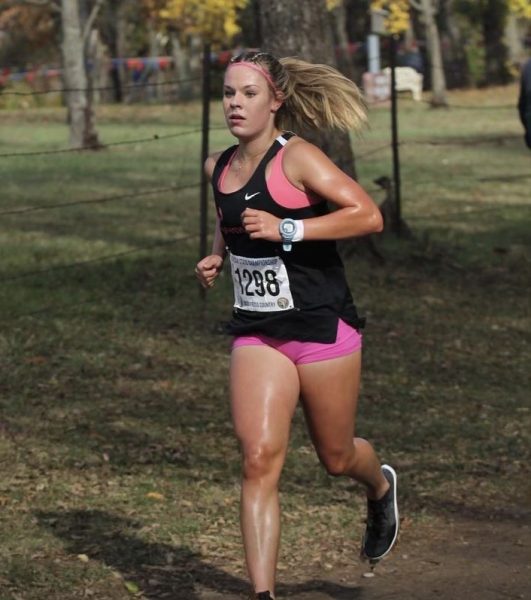
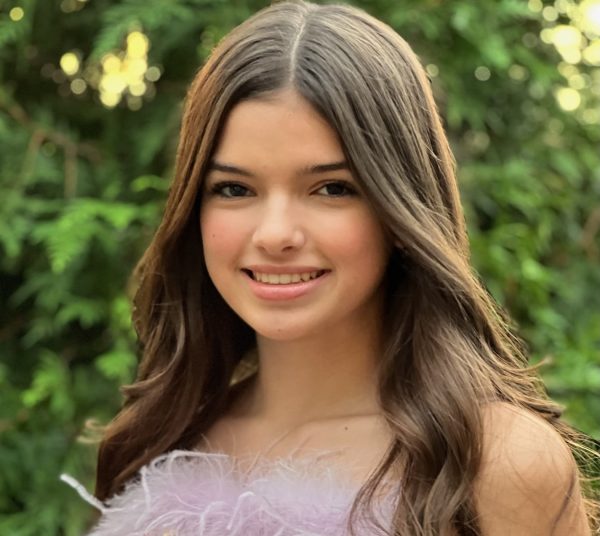

Abby Bolick • Aug 4, 2015 at 3:15 am
I realize that I’m a little late in saying this, but I only just met Catlaina this summer at SOAR Summer Camp. I was a buddy to a kid, Alexis, in her group (even though she probably doesn’t remember me because I pretty much kept quiet), and I’m so lucky I was. I got to watch Cat draw, learn about her love of writing and band, and just watch her have fun. I’m definitely planning to buy your book, Cat, and I’m looking forward to it!!